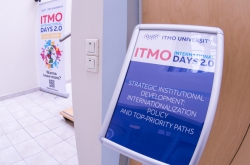This year marks the third “More than ESP” (English for Specific Purposes) conference at ITMO University. Experts from the USA, Finland, Taiwan, Norway, Poland, Hungary and 21 Russian cities came to St. Petersburg to discuss issues related to teaching English as a foreign language, particularly as it relates to specific content subjects or professions. One of the key topics of the conference was the link between content and language as well as the impact technology has on the learning process.
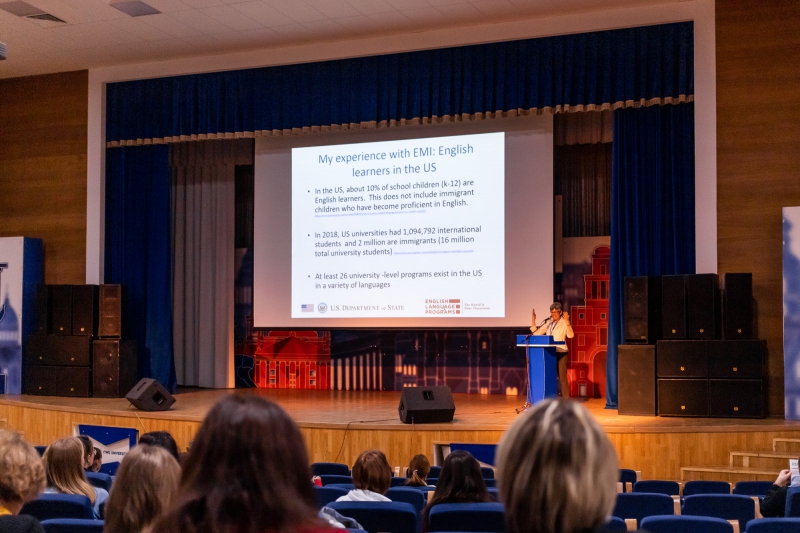
Yi-Hsuan Gloria Lo, Professor, National Taiwan University of Science and Technology, Taiwan
The main topic of this conference is about the links between content and language. Content teachers usually work independently which means that students end up coming out of universities with perfect knowledge of their subject but without the international language of communication that would allow them to tell the world about it. I think this conference is important precisely because here, English teachers try to demonstrate how important it is to collaborate to create an atmosphere of communication between our students.
To be able to successfully teach English as a Medium of Instruction courses, one has to first get to know the students, as everything depends on them. Their language background is different, they come from different countries and different cultures.
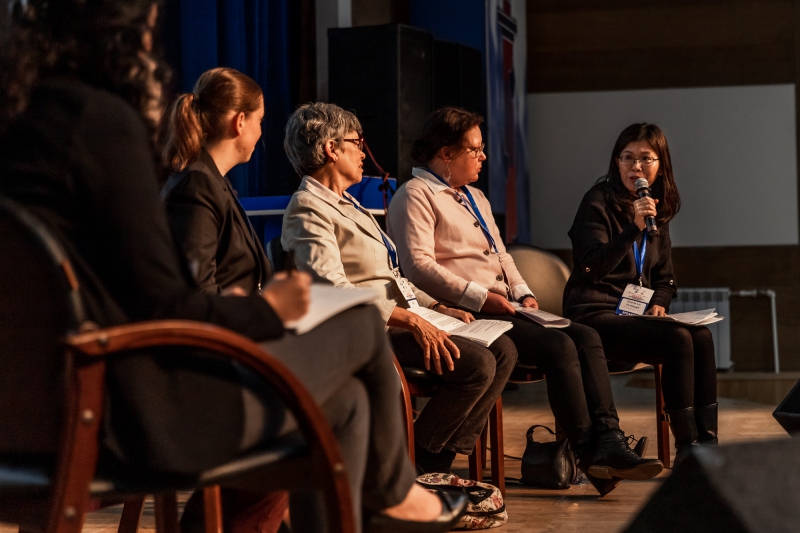
They need various forms of support during their studies, most importantly, language support. Students need to know the vocabulary to understand the issues discussed in class. Secondly, they need support while studying their core subjects, because the knowledge is quite specific and hard to process without previous experience. Furthermore, they need social support, as some students are rather reserved, not being used to talking to others. We have to show them how important it is to communicate during class.
Lastly, it is crucial for a university to collaborate with future employers of their students. We have to know what specialists do in each field, their professional culture and corporate demands. Both those who teach university subjects and those who teach English have to keep that in mind to prepare students for their future careers.
Mira Grönvall, Head of Degree Programme in Business Information Systems, Tampere University of Applied Sciences, Finland

The most important thing in my opinion is student-teacher collaboration. Those teaching English and content professors also have to work together. And, naturally, students have to communicate with each other, we have to inspire them to get together. It is crucial to create one team between students and their teacher.
A lot is being said these days on how to motivate students to study more. The changing role of teachers is also a hot topic. Nowadays, they have to be life-coaches. It’s not a particularly new trend, but I think it is rather mainstream. A teacher cannot just “throw” information at students anymore.
Students’ active participation in the learning process is vital and it is now more important to pay attention to what your students do as opposed to what you do as a teacher. Thus, you have to learn how to teach.
All in all, I’d like to underline (although it might seem obvious): communication is currently the only way to survive in our profession. Professionals need communication, they need a common language and understanding. That is exactly why learning a language is essential.
Tord Talmo, Associate Professor, Norwegian University of Science and Technology, Norway
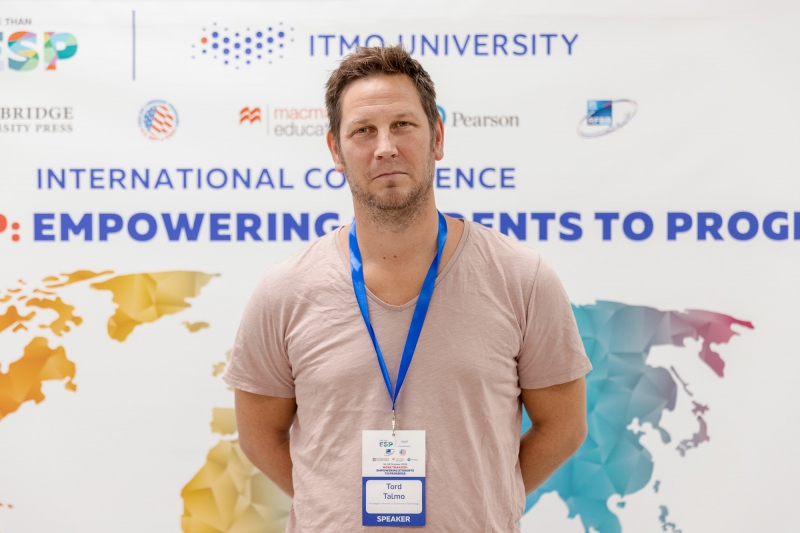
I specialize in educational technologies and try to apply them in every form. For the past 10 years I have been captivated with smartphones. I get why some teachers and professors view them as adversaries of education. My children currently go to a secondary school in Norway and they even have a special “smartphone hotel” by the door of their classroom where they can leave their devices before class. But the thing (and my motto, if you will) is: technology is nothing without methodology. You cannot just present children or students with a smartphone and leave them to work out what to do with it. You have to have a methodology on how to use it to improve language learning.
First of all, technology can engage students into the learning process. In Norway, I give lectures to 60-120 students and when I ask a question to get their attention only 45 raise their hands! But they all know the answer! Using technology you can get this answer online from all 60 of your students. This way, I can get feedback on whether my students understand what I am talking about during class. All of this improves their motivation, meaning that they will learn more.
That being said, teaching a language using technology is different from applying it in any other subject. Almost every digital educational system is meant to work with Physics, Engineering or Mathematics. Many of them have multiple choice quizzes. It may be applicable to Physics, but you have to write, debate and discuss while learning a language. We now see that technologies for language learning are not developed at the same level as those for Natural Sciences.
Ann Mabbott, Professor Emeritus, Hamline University, USA
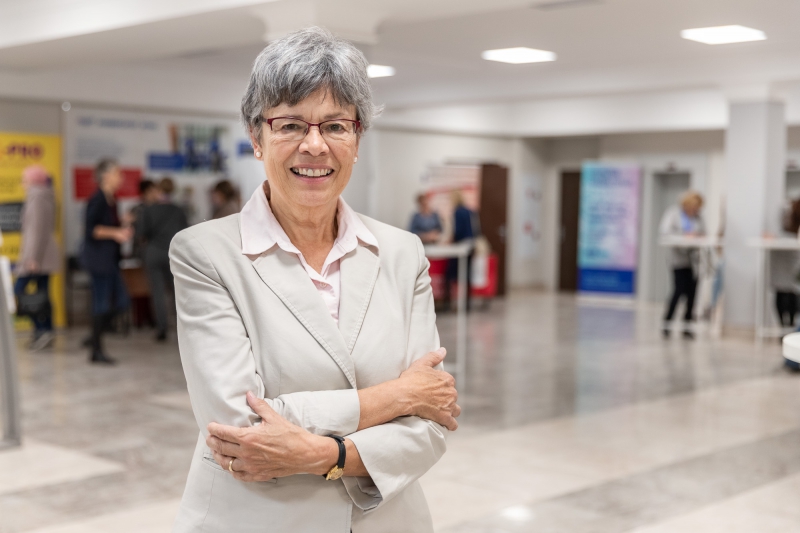
To make a successful content course in English, one has to first give students clear instructions so that they can understand what they are learning. Mathematics, Physics or Social sciences professors do not necessarily know how to teach a language even if they can speak it perfectly. This is something that English teachers and content teachers have to collaborate on.
One other key thing is that professors have to find out the actual language skills of their students and take them into account. They have to know the students’ speaking, writing, listening and reading abilities. One has to master all of these skills to be successful in the 21st century.
It is necessary to know what other challenges our students have to face. We need to listen to what they say, know what they read and how they write to understand what they still have to learn about the language. Predictions are also crucial: one has to evaluate course materials and try to predict what can be potentially difficult for the students.
The third important point is communicating with your students so that they get the skills they need in the 21st century. These days one has to have a high level of cognitive abilities, it is a demand of the labor market. Students also have to work with each other, as it helps to learn a language more productively.
Irene Maksymjuk, Senior Lecturer, Boston University, USA

I’ve come here from an English-speaking country. Many of those learning English in such circumstances have to understand that seeing English primarily as a tool for communication is a worldwide trend. There are more people who have learned English now in the world than the number of English native speakers. That is why we have to build our educational programs with that in mind.
I was taught the communicative language teaching method and that is an approach that in my opinion we have to use today. We have to highlight the communicative function of language. People have to have an opportunity to effectively interact maybe not in perfect English but in one that allows them to understand one another. Traditionally, however, it was the language itself, its grammatical correctness that was the focus of attention.
Am I afraid that such an approach would harm the literary English language? I don’t think so, just look at the number of non-native English writers whose creations have become classics in English literature. Take Nabokov, for example. Many writers use English these days even though they are not native speakers. So no, I don’t see it as the end of English language or English literature.
More than ESP: International Experts on How to Teach English Effectively in Higher Education
Last week, the “More than ESP” international conference was held at ITMO University bringing together English language teaching specialists from around the world. An ITMO.NEWS correspondent attended the conference and got the chance to talk to experts from different countries about their views on current trends in education, the role of technology in education and the way teaching English could change in the 21st century.





